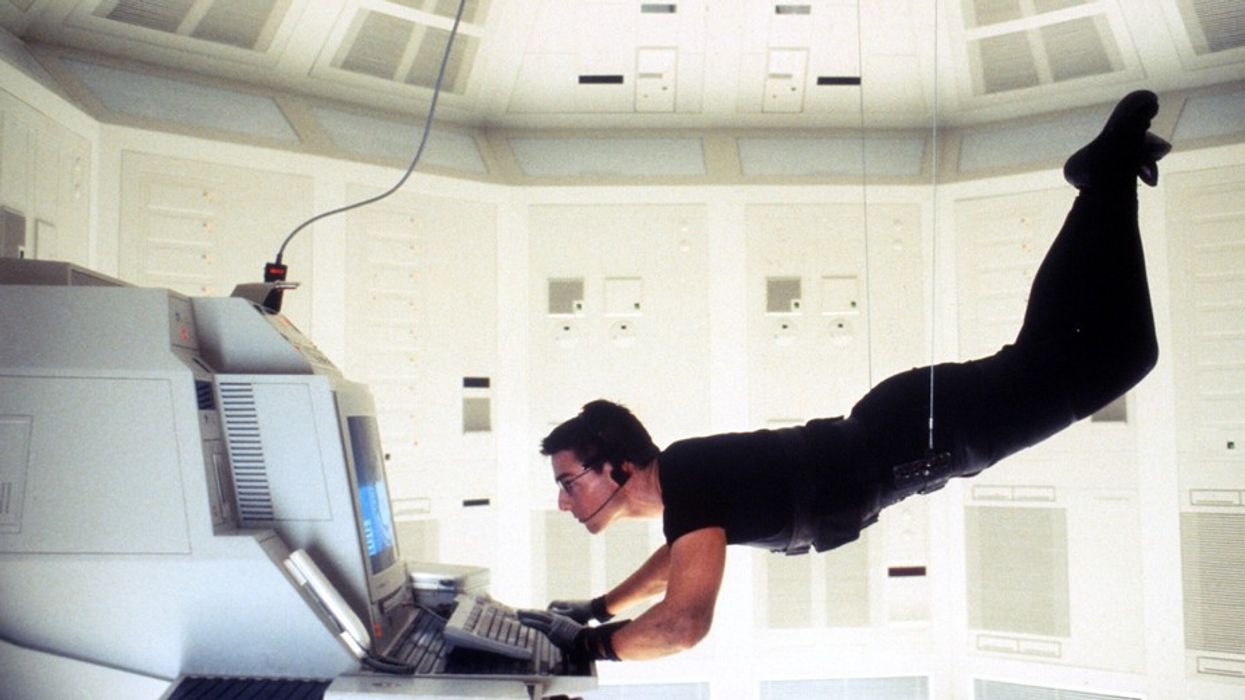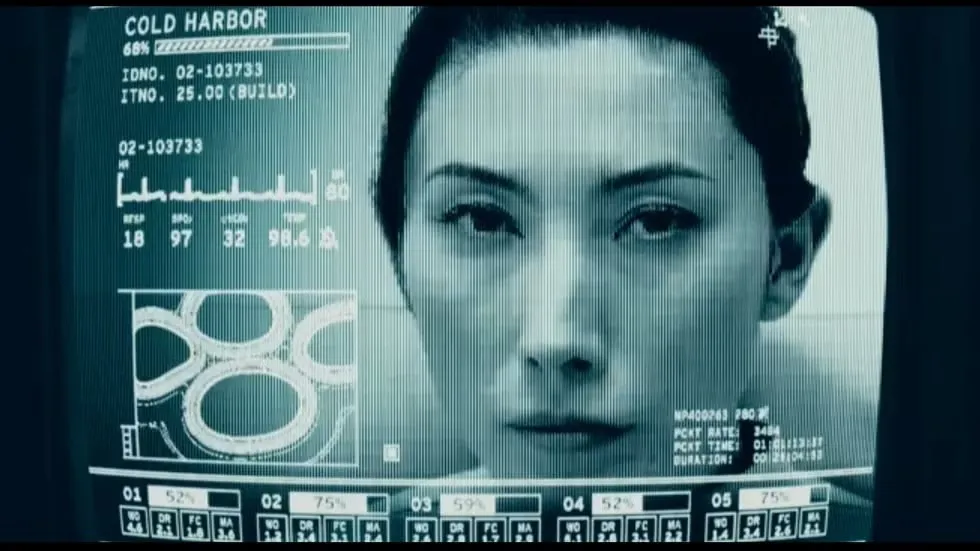11 Ways To Improve Tension in Your Scenes
A tense scene can keep the audience hooked or the reader flipping pages.

As someone who came up as an assistant and as a writer who tries to keep readers interested, I do not think there is a more important part of scene direction and writing than tension. Tension is that terrifying inevitability of what is to come or what could happen.
If you have tension in a scene, you have an inherent reason for the person to read or continue to watch.
Tension keeps movie watchers attentive by creating a feeling of uncertainty or unease in the audience. This can be achieved through various methods such as suspenseful music, cliffhangers, or unpredictable events.
The audience is kept on the edge of their seat, wondering what will happen next, which increases engagement and makes it harder for them to look away from the screen. By creating tension, filmmakers can hold the audience's attention and make the experience more thrilling and memorable.
Today, we'll cover eleven ways you can add tension to your scenes and excel as a writer or director.
Let's get started.

11 Ways To Improve Tension in Your Scenes
Tension is a crucial element in storytelling, as it keeps the audience engaged and invested in the story. Here are 11 ways to improve tension in your scenes:
1. Raise the stakes
Increase the stakes of the conflict to make the situation more tense and high-pressure.
2. Create uncertainty
Keep the audience guessing about what will happen next by introducing uncertainty into the scene.
3. Use foreshadowing
Plant hints about what is to come in the future to create a sense of unease and anticipation.
4. Build suspense
Use techniques such as slow-motion, close-ups, or music to build suspense and increase tension.
5. Create conflict
Introduce conflicting motives or interests between characters to create tension and conflict.
6. Limit resources
Create a situation in which characters are facing limited resources, such as time, money, or tools, to increase the tension.
7. Use the unknown
Keep the audience in the dark about certain elements of the story, such as a character's intentions or the outcome of an event.
8. Increase the pace
Quicken the pace of the scene to create a sense of urgency and keep the audience on edge.
9. Create a sense of danger
Put characters in physical or emotional peril to create a sense of danger and increase tension.
10. Use contrast
Use contrasts in tone, mood, or atmosphere to create tension and keep the audience engaged.
11. Create a ticking clock
Introduce a deadline or a time constraint that creates pressure and increases the tension.
By incorporating these techniques, you can create more tension in your scenes and keep the audience engaged and invested in the story.
Got other useful tips?
Let us know in the comments.


















